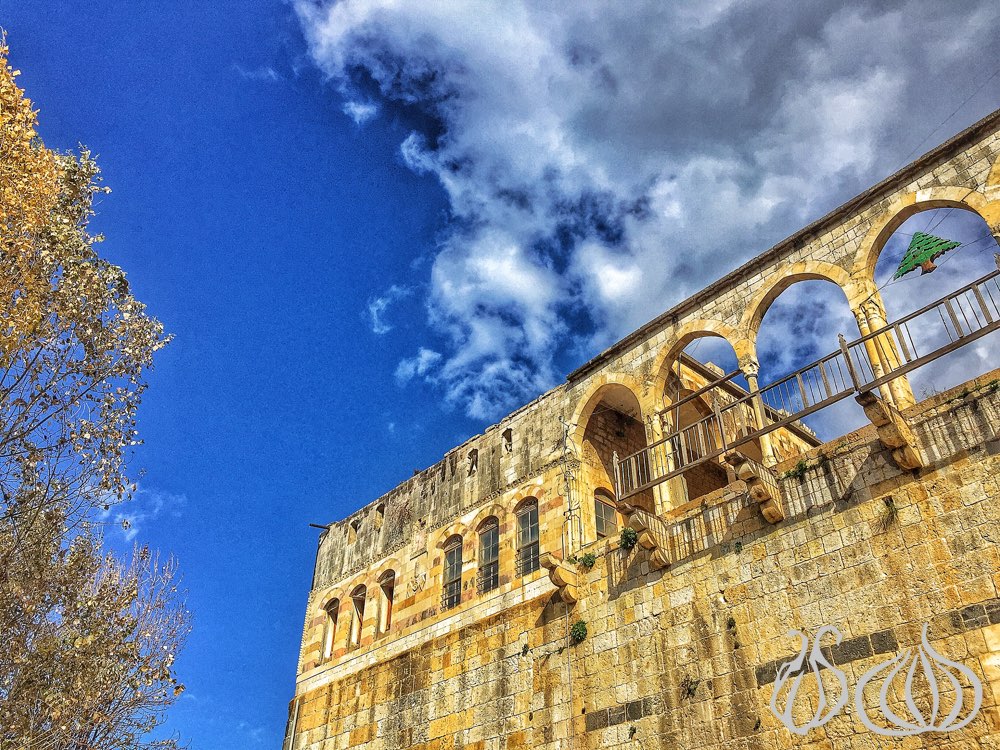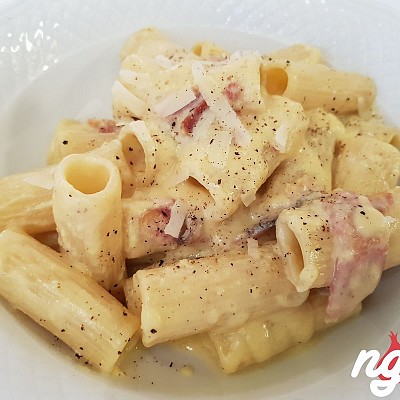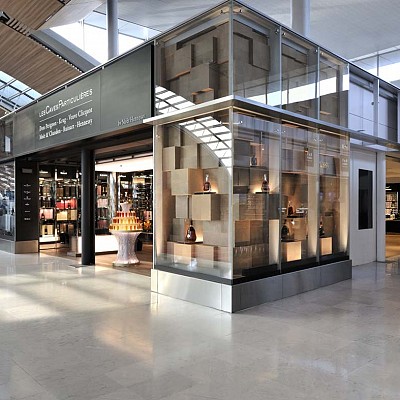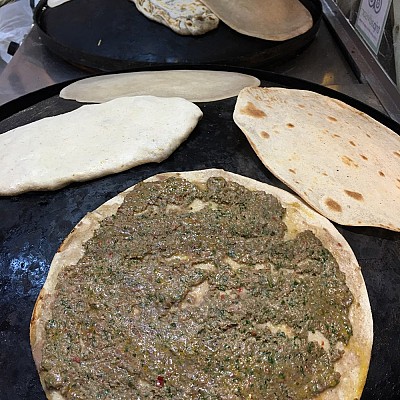It’s a start of a new year and our tour around Lebanon continues. Together we go around towns that will make you fall in love with Lebanon all over again. We drive down south this time and as always in search of one of Lebanon’s valuable towns. We reach Hasbaya, an old village that’s rich in history and surely in tasty bites.
Hasbaya is a Southern town guaranteed to put a smile on your face and a sigh of joy from your tummy. But before filling you in on the details of where to go and grab some delicious bites, let’s discover some history.
What's interesting about Hasbaya is that the village is one of the oldest cities in Lebanon with a rich history. The Chehab castle and the Bayada area have both played an important role in writing Lebanon's history. The main attraction is the Chehab Castle, which is still inhabited by the decedents of the Chehab family until today.
Hasbaya is mainly inhabited by the Druze, with some Christians. In 1826, an American Protestant mission was established in the town. The castle in Hasbaya was held by the crusaders under Count of Toron, but in 1171 the Emirs of the great Chehab family recaptured it. In 1205 this family was confirmed in the lordship of the town and district, which they held till the Turkish authorities took possession of the castle in the 19th century.
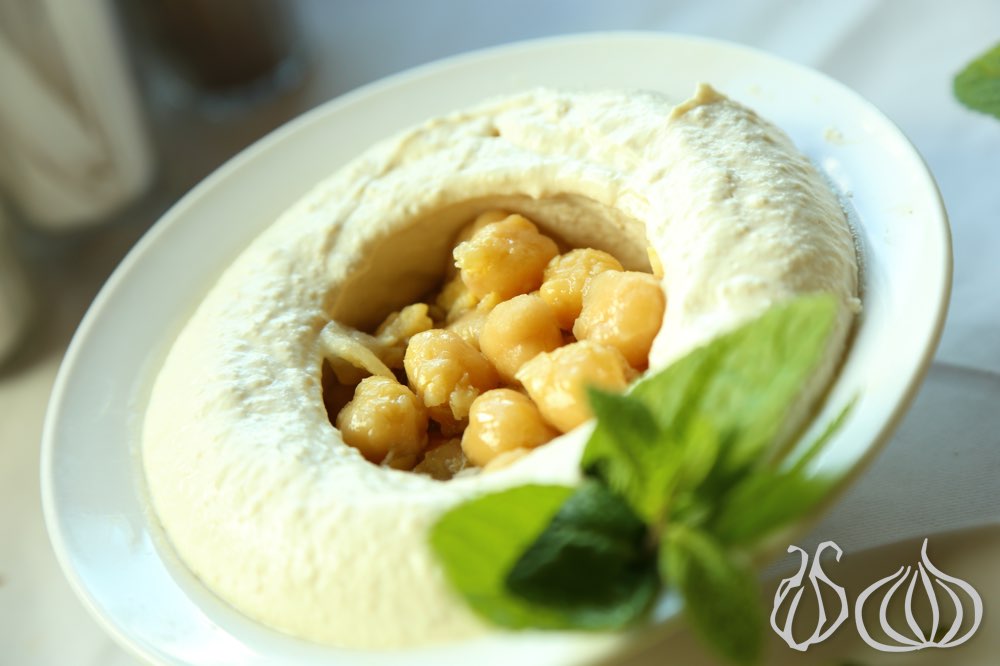
The town of Hasbaya is the center of the Caza and can be reached from Marjeyun across the Hasbani bridge. It is one of the oldest and most important towns of the Jabal el Sheikh area. This mountain peak rises east of Hasbaya. The town is watered by a small tributary of the Hasbani River.
Hasbaya is an important historical site, but little of its ancient monuments survive. The oldest standing ruins date to the Crusader period. After the conquest of the area by the Chehabs Emirs in 1173, they fortified the square tower of the Crusader fort and transformed it into a big palace similar to Italian palaces and citadels of the Renaissance.
On both sides of its main entrance is the lion, the emblem of the Chehab family. The upper floor has 65 rooms, and the largest is decorated with beautiful wall paintings. The mosque was built in the 13th century and has a beautiful hexagonal minaret.
Hasbaya keeps its traditions alive and its workshops still produce traditional clothing such as abayas, caftans and turbans.
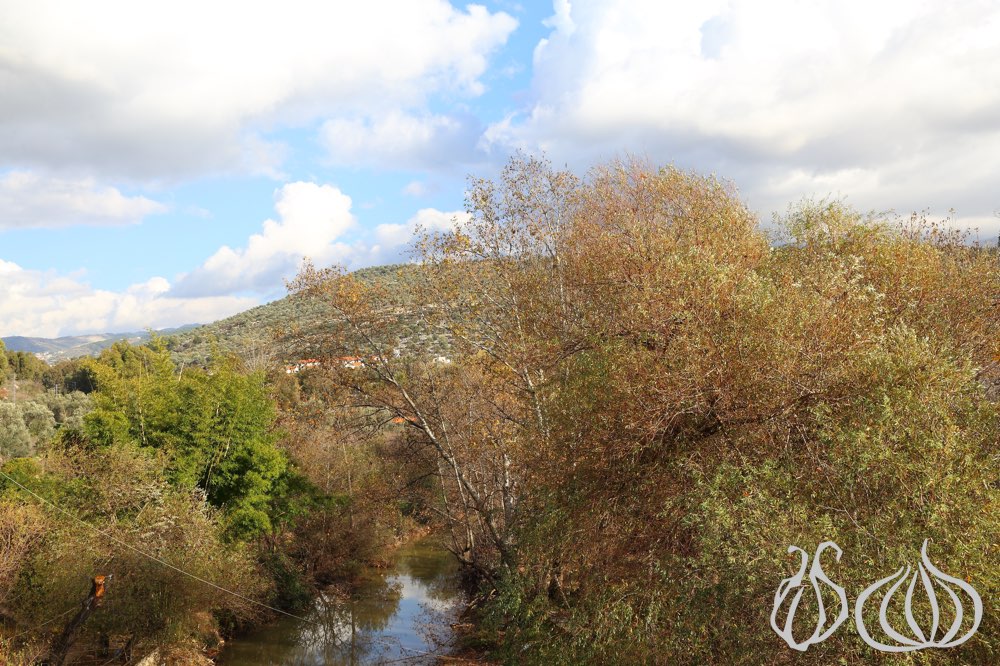
The places we visited:
- Makhbaz Saj Abou Hekmat: "Furn el Moustakbal" +961 7 550268
- Restaurant Aysami for Foul +961 7 550661
- Soap factory Melhem Sabek +961 3 920562
- Mounet Mhanna Dagher
- Restaurant Al Bohsasa
- Olive oil press Abou Ghaida
- Charaf for dairy products
Below is out second visit:


















